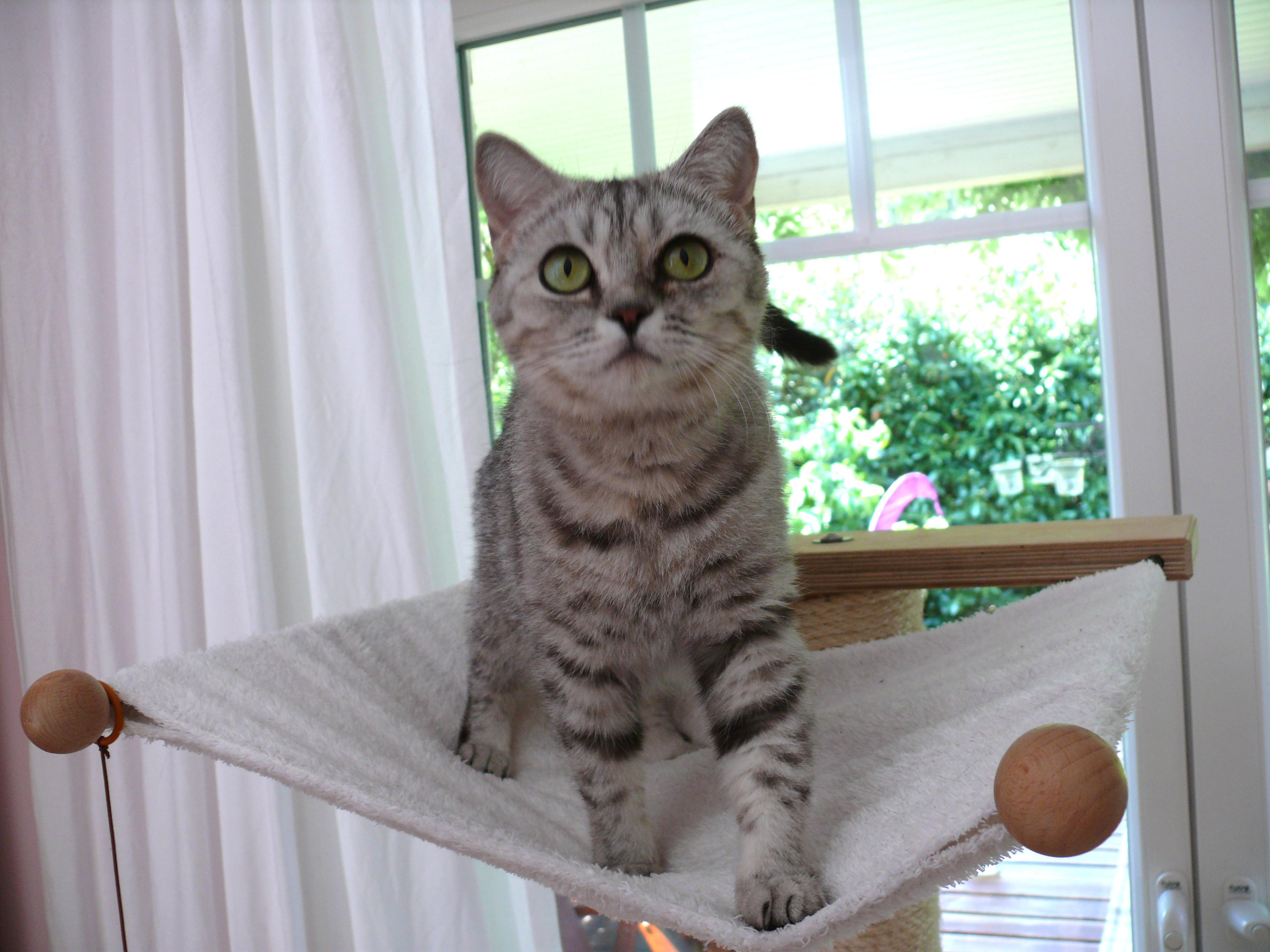

Because these spots vary in shape and size, they often resemble broken mackerel tabby stripes. Rather than exhibiting stripes or swirls, the spotted table is covered in spots of various size. Because this effect resembles a fish skeleton, this striped pattern was given the nickname “mackerel tabby.” 3. The stripes on the cat’s body branch out from one large stripe that runs along the cat’s spine. Many tabbies with this pattern also have dark bands of color running across their bellies which have the nickname “vest buttons.” These cats have solid or broken stripes that run parallel down the side of the body along with rings around the legs and tail. The most common tabby pattern by far, the mackerel tabby is also called the striped tabby or the tiger cat. Some classic tabbies also have blotches of color, giving these cats a secondary nickname of “blotched tabby.” The American Shorthair breed commonly exhibits the classic tabby pattern. The classic tabby pattern consists of bold swirls that create a “target”-like pattern on the side of the cat’s body. That being said, there are five different types of tabby markings. While every tabby cat may not exhibit all of these markings, if a cat exhibits several from this list it’s pretty safe to say it’s a tabby. Paler chin and belly than the rest of the body.Other physical characteristics commonly seen in tabbies include:

Some tabbies only show visible striping on their legs and tail. Depending on the cat’s genetics, these stripes may be bold and clearly visible or they might be subtle and faded. Though there are several distinct tabby patterns, most tabbies exhibit some degree of striping on their coats.

If a solid-colored cat inherits two copies of the recessive non-agouti gene (aa), it may exhibit “ghost striping.” This refers to a subtle suggestion of the underlying tabby pattern which is most visible in strong sunlight. Whether a cat show its tabby pattern or not depends on whether the cat has inherited a dominant agouti gene or a recessive non-agouti gene.Ĭats that inherit the dominant agouti gene (A) will express a visible tabby pattern while cats that inherent the recessive non-agouti gene (a) will not. The tabby gene can also be missed with other marking genes to create cats with solid coats or a mixture of patterns. Though the striped tabby pattern is the most familiar, there are five recognized types of tabby markings. The tabby gene is extremely diverse, involved in a wide variety of coat patterns.


 0 kommentar(er)
0 kommentar(er)
